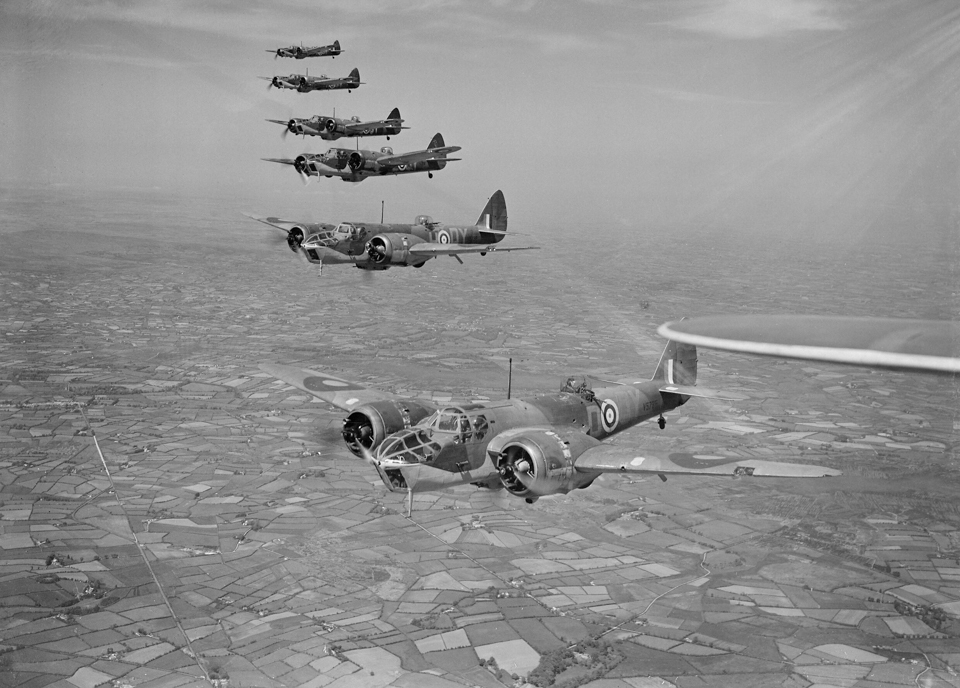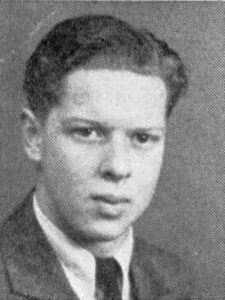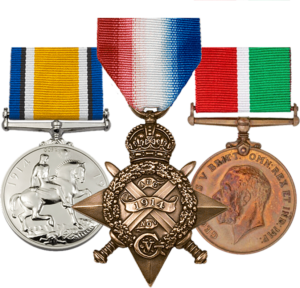Arthur joined the Royal Air Force Volunteer Reserve as a pilot in January 1937 and was given service number 748277. He was evidently unsuccessful, as he enlisted again in May 1939 as an Observer with service number 85010.
He completed his training with No.11 Air Observer Navigation School on No.2 Observer Course between March and June 1940, then moving to a Bombing and Gunnery School until August. He was commissioned as a Pilot Officer the next day and went to No.1 (Coastal) Operational Training Unit at RAF Silloth in Cumbria, which specialised in training crews for maritime patrol aircraft.
No.248 Squadron
Arthur joined a frontline unit, No.248 Squadron at RAF Sumburgh in the Shetland Islands, on 29 September 1940. This was a Coastal Command squadron equipped with the Bristol Blenheim IVF for maritime patrol and anti-shipping duties in the North Sea and off the coast of Norway. The aircraft usually had a crew of three comprising the pilot, the gunner/wireless operator, and the observer who was responsible for navigating and dropped the bombs.
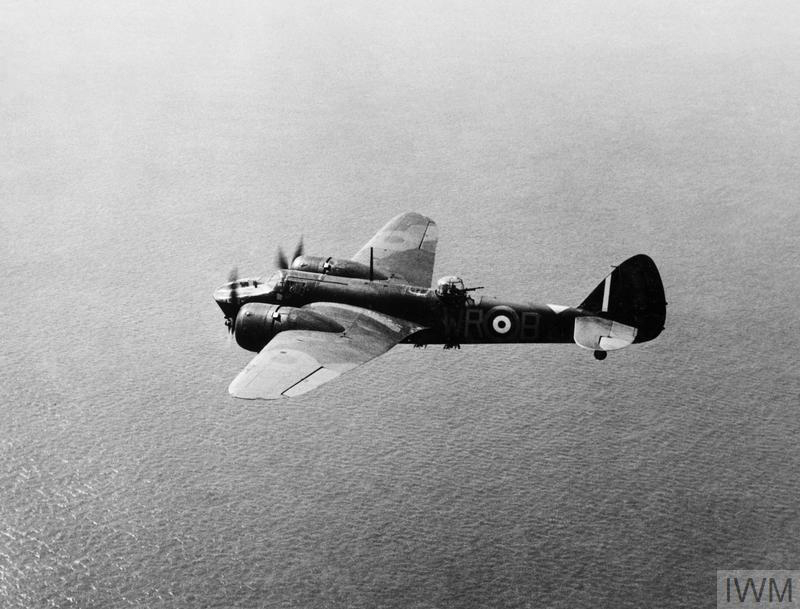
Arthur flew his first operation on the morning of 26 October, which was uneventful with nothing sighted. He flew four more uneventful patrols during November before an absence from flying operations of almost four months. One can only assume that he had been moved to a ground-based role or was injured or ill. There is no mention of him being dispatched to another unit in the squadron log, and his usual crew were flying with another observer.
The squadron moved to RAF Dyce in Aberdeen in January 1941, adding convoy escort to its duties. Arthur was sent to the detachment at RAF Wick on the northeast coast of Scotland. He flew much more regularly here, and between 4 April and 22 May flew 15 convoy escort sorties, but with little excitement. They once saw a German reconnaissance aircraft and gave chase, but it escaped into the clouds. They also undertook one sweep of the Norwegian coast, but again failed to sight anything, and participated in a sea search for a downed Whitley bomber.
Arthur flew these missions as part of a regular crew comprising Pilot Officer C.W. Morris as pilot and Sergeant Gordon Yates as the gunner/wireless operator (out of interest, Yates survived the war despite serving on operations almost continuously, including surviving the fall of Singapore, and continued to serve in the RAF until 1970). Convoys the crew escorted included EC 5, EN 94, MN 95, OB 306, OB 311, OB 314, OB 318, OB 319, OB 320, OB 322, SC 27, WN 13, WN 22.
Instructing in Canada
In May 1941 Arthur was posted as an instructor to a flying school in Nova Scotia, Canada, where he spent a comfortable two years training new recruits. He was promoted to Flying Officer on 25 August 1941 and to Flight Lieutenant exactly one year later. He returned home in August 1943.
No.172 Squadron
Arthur was posted back to a frontline squadron, joining No.172 Squadron at RAF Chivenor in Devon as a navigator. The squadron flew Vickers Wellington XIV bombers adapted to serve in the anti-submarine role with the addition of radar and depth charges. He arrived on 1 June 1944, just days before the Allied invasion of Europe when the squadron was working over the western end of the English Channel.
Arthur was killed on the night of 14/15 June on his very first operation with the squadron. His aircraft, HF446, took off from Chivenor at 10.10pm for a patrol and at 2.54am they sent a message “Have radar contact in position 47.25 N 04.40 W”. Nothing was heard from them again. Their last reported position was in the Bay of Biscay, directly to the west of Nantes.
The rest of the crew consisted of Wing Commander K. Petrie, (Squadron Commanding Officer), Flying Officer S.E. Rotheram (second pilot), Flight Lieutenant D. Wallace (wireless operator / air gunner and squadron radar leader), Flying Officer G.R. Manley-Tucker (wireless operator / air gunner), and Sergeant G.S. Holland (wireless operator / air gunner).
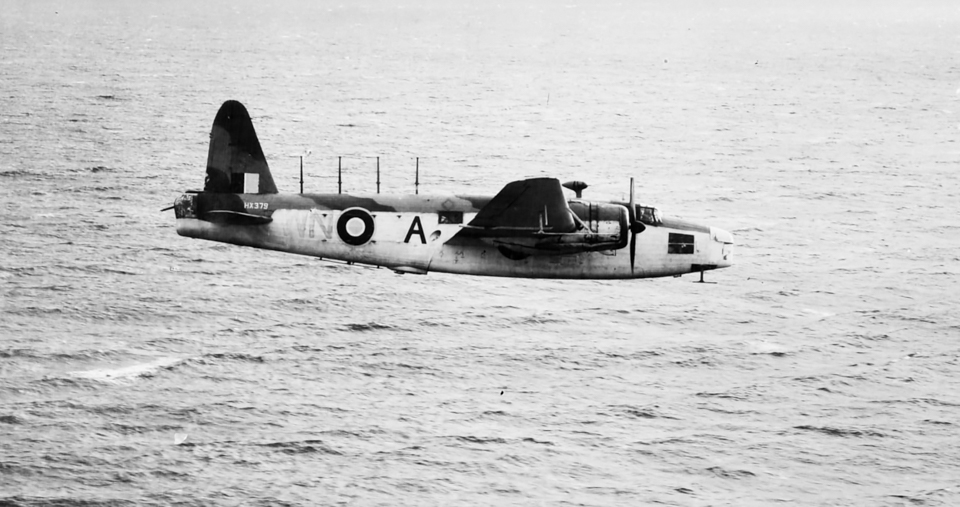
Arthur is commemorated on the Runnymede Memorial, which commemorates over 20,000 men and women of the air forces, who were lost in the war and who have no known graves.
Squadrons
- 1 (Coastal) Operational Training Unit (1940)
- 248 Squadron (1940-1941)
- 172 Squadron (1944)
Medals




